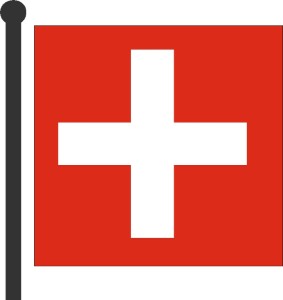Switzerland is a country that provokes curiosity or fantasies in many people, whether because of its banks, its eternal neutrality, direct democracy, precise watches, beautiful scenery, Swiss Army knives, and finally, for having four official languages (German, French, Italian, and Romansh). Not all Swiss people speak the four languages, of course, but the majority of them are fluent in two of them, and many of them, in three of the official languages.
There is, however, a small town in particular that beats its fellow countrymen when it comes to multilingualism. In the canton of Graubünden there is a small town called Bivio, whose 200 inhabitants not only speak three of the official national languages, but also speak various dialects. This makes Bivio the community with the highest degree of linguistic diversity in Switzerland.
Most of its inhabitants speak German, a fourth speaks Italian (the canton’s official language), a fifth speaks Romansh, but everyone understands each other, since they receive a multilingual education from childhood onwards.
For example, in kindergarten, it is established that on Tuesday Italian will be spoken, and on Thursday, Surmiran (a dialect of Romansh). The remaining days, the children speak the two languages indifferently, but since it is a community that mainly speaks German, when they are not in class they speak a German dialect called Bündnerdeutsch. They also speak Bargaiot (a local Italian dialect), Swiss German or Schwyzerdeutsch, and two other Romansh dialects: Puter and one limited to Bivio which is a mix between Surmiran and Puter – because if one is going to speak many languages, they might as well have their own language!
Now you have another reason to visit Switzerland, and one that is particularly attractive for all of us who work with languages. However, if you want to see Bivio in all of its multilingual splendor, you should hurry up because since last year, English has begun to be taught in primary school and the proportion of German-speakers increases day by day.






